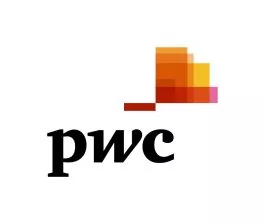"Dese are da conditions dat prevail." – Jimmy Durante
Alas, the 2013 IFRS changes on the preceding page are just the beginning – there's much more in the pipeline. We provide a brief overview of the nature and objectives of these projects below. All of them, save one, are joint ones with the US, so when we say "the Boards" we mean the IASB and FASB working together. Well, sort of...
- Revenue – establishing a one-size-fits-all model for recognition and measurement. After ten years of study and debate (scary that), the (evil?) forces of fair value have been beaten back, and existing revenue recognition principles are largely being carried forward in triumph. Nevertheless, the new model will affect some companies, especially those relying on industry-specific guidance.
- Leases – putting all leases on the balance sheet as assets and liabilities (the project is also known as "death to all operating leases"). Some on both Boards now are threatening to vote against a compromise proposal designed to make it more palatable for the masses. Is this project in trouble? Maybe.
- Classifying financial assets – revisiting when you have to measure financial assets at fair value and whether changes in fair value go to the income statement or OCI, or both. The IASB got rid of OCI for financial assets when it bashed out a revised financial instruments standard in 2008 (still your beating hearts, it's not mandatory until 2015) but the FASB still wants it and it looks like the IASB is going to agree, for convergence's sake, of course.
- Impairment – recognizing and measuring loan losses using the so-called "three bucket approach" under which the losses get bigger as you move from bucket to bucket. Or maybe not. After consultation with constituents, the FASB has very recently decided the model just isn't workable. It's now going to develop a different solution all on its own, which it'll then share with the IASB. And what's the IASB going to do? We don't know, but it's not happy. Convergence in this area is critical to financial institutions. The Chair of the IASB has gone so far as to describe the prospect of the project's collapse as an embarrassment to both Boards.
- Hedging – simplifying and expanding hedge accounting using a business model approach. This isn't really a joint project – the only link to US GAAP is that the FASB has agreed to ask constituents what they think of the IASB solution at the same time it proposes something completely different. The IASB also has a "macro hedging" project on the go, something we suspect the US wouldn't touch with a ten foot pole.
- Insurance contracts – figuring out a common model for all insurers, well, not quite, as the Boards have fallen out over one technical aspect (you don't want to know). Still, they're way closer than they are on impairment or hedging. So far anyway.
- Investment entities – providing an exception for these entities that would allow them to measure investments in subsidiaries at fair value instead of consolidating them. The Boards don't see eye to eye on some major aspects but getting the IASB to provide an exception of any kind has been quite the achievement. Until recently, the IASB viewed any idea that you might not consolidate a subsidiary as blasphemy.
The content of this article is intended to provide a general guide to the subject matter. Specialist advice should be sought about your specific circumstances.

